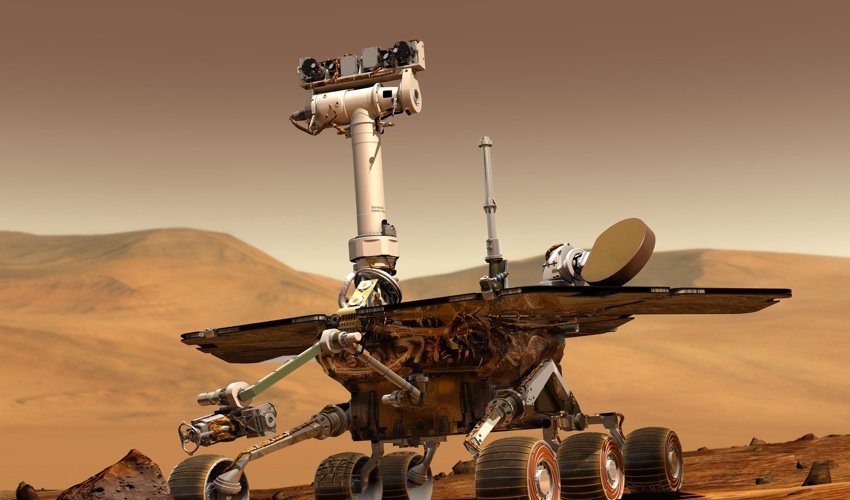We shall escape the absurdity of growing a whole chicken in order to eat the breast or wing, by growing these parts separately under a suitable medium. Winston Churchill, 1931
As we build our portfolio I like to take a step back and look at the various technologies across the sectors (top-down approach) and the areas theyre impacting. One that had been on my radar for a while that we just took the leap into is: growing animal cells in the lab into a form that can be consumed.

Cultured carp croquettes by Finless Foods; photo credit: https://www.theguardian.com/lifeandstyle/2017/sep/20/lab-grown-meat-fish-feed-the-world-frankenmeat-startups
I use this convoluted phrase as the industry hasn’t even quite figured out what to call itself: “lab-grown meat”, “in-vitro” meat, “cellular agriculture”, “clean meat”, “synthetic meat”… Personally I like the more scientific “cellular agriculture” — “lab-grown” and “in-vitro” sound too far from what one might consider “natural”, and “clean” implies that otherwise is dirty and “dirty” is generally bad — which has a negative psychological impact.
New Harvest, an institute setup to promote development in this area, has opted for my preference as well when it comes to talking about “beef without cows”, “milk without cows”, and “eggs without hens”.

Photo credit: https://www.new-harvest.org/about#what_we_do
Shojinmeat has similarly been set up in Japan to promote cellular agriculture, and I just love the differences in human cultures in approach to this and how to market:

Whilst there have been incremental improvements in agricultural production and yield, there hasn’t been anything on the same level as the “green revolution”, but population growth has been unrelenting.
The other issues being addressed are limited arable land, falling fish stocks, and all the sustainability aspects that come with this, including the water and fuel required to produce beef, and the resulting emissions.
The question on everyone’s lips is, “will people eat it? ” I had one of our adviser’s use the following question as a litmus test: “would you feed it to your kids? “, which I think sums it up rather nicely. One thing about this food is that the cells are taken from an animal and fed the same nutrients to help them divide and proliferate, just without the whole business of requiring an animal and its systems to feed the cells — much more efficient.
Regardless of the “ick” factor, taking all aspects into account cellular agriculture isn’t something of science fiction, it’s a necessity.
There are a bunch of companies now, such as Memphis Meats and Finless Foods (an investee) that are tackling this problem; the latter focused on “surf” and the former on “turf”. And like energy, I believe that there’s no panacea for this and the end result will be a combination of traditional agriculture and cellular agriculture.
Bon appétit!
HRM.



